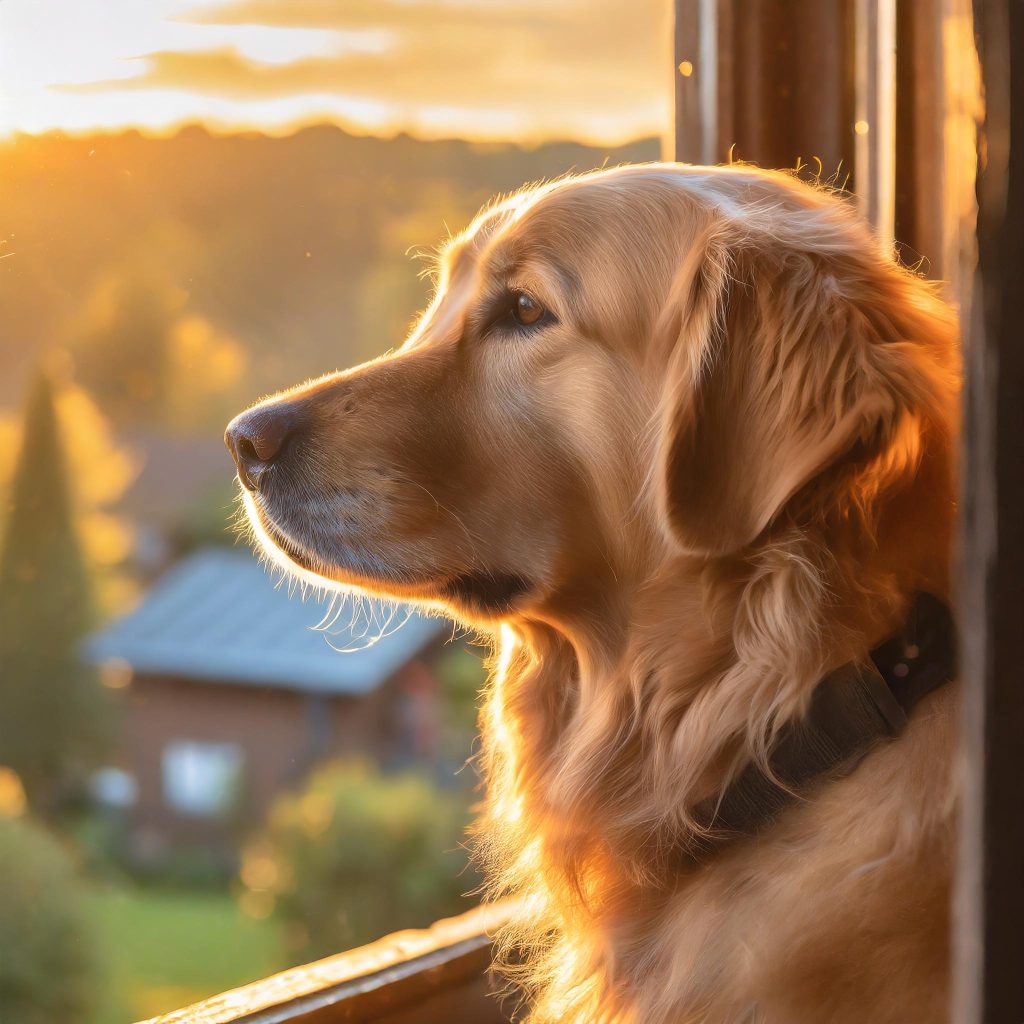It’s ruff leaving your pup! You love your dog more than anything, but sometimes you have to leave the house, and a new routine might mean long stretches of alone time that your canine companion isn’t used to. And when you’re gone, does your pup panic? No matter how much time actually passes, your dog thinks you’re gone forever.
Separation anxiety is a serious condition dogs can experience when they’re apart from people they’re bonded with. It’s not clear why some dogs develop separation anxiety and others don’t, but dogs that have to deal with it can become distressed just by recognizing that you’re getting ready to leave.
And once your best buddy is alone, their behavior can be pretty dramatic, ranging from household destruction to self-injury. Whatever you do, don’t punish them for these actions — your dog is already confused by what’s happening, and negative reinforcement can worsen the situation.
Fortunately, there are ways to recognize separation anxiety and help your doggo manage it. Keep reading for tips on identifying the symptoms, preventing anxiety before it starts, and soothing your pup’s worries when you have to leave.

How to Tell if Your Dog Has Separation Anxiety
Not sure if your dog misses you while you’re out? Here are some common signs of separation anxiety:
- Excessive barking, howling, or whining after you leave. You might find out by getting noise complaints… sorry, neighbors!
- Pacing, running back and forth, or circling obsessively. Getting your pooch a FitBark will show you if their activity levels are off the charts.
- Destructive behavior like chewing, digging, urinating, or defecating. If you keep coming home to a mess, you know there’s an underlying problem.
- Trying to escape by clawing at doors and windows or squeezing out of crates. These behaviors may not only cause damage, but also injuries.
- Hyperactivity when you prepare to leave, like circling you or clinging to your legs.
- An apparent lack of appetite while alone.
If you notice multiple signs when you leave your dog alone, separation anxiety is likely the culprit. But some symptoms can indicate medical issues, so check with your vet to rule those out.
Helping Your Dog Avoid Separation Anxiety
To try and head off separation anxiety before it becomes a problem for your dog, training and socialization can be key. Check out these tips and affiliate links:
- Crate train your dog so they learn to embrace it as a safe space. Crates are available in a wide range of sizes, styles, materials, accessories, and more, making it easy to find your pal a perfectly comfortable place to relax while you’re away.
- Socialize your pooch extensively so they gain confidence. Take them everywhere dogs are allowed.
- Practice short solo stays, leaving for 1 minute, then 5, 10, 30, and so on. Reward calm behavior with treats, praise, and extra affection.
- Keep routines consistent before you leave to avoid triggering anxiety. Feed, walk, play, and cuddle in the same order every day.
- Before you leave, give your pup a puzzle feeder filled with treats so they associate alone time with positive things.
Being proactive and aware can help your dog handle separation from you, and even prevent anxiety from arising in the first place.
Helping Your Dog Cope with Separation Anxiety
If your pooch struggles with separation anxiety, don’t worry! There are lots of ways to ease their stress when you must go:
- Before heading out, set aside time for a long walk or play session to tire them out. Pooped pups are less anxious pups.
- Create a safe, relaxing space with favorite toys, gentle music or white noise, and items that use calming pheromones, which ThunderEase offers in several different forms.
- A ThunderShirt can help comfort your dog with soothing pressure while you’re gone — they’re designed not only for separation anxiety, but also for fireworks, thunderstorms, and other stressful situations.
- Popular pet camera systems like those from Furbo, Petcube, and eufy allow you to check in on your pal remotely. Many let you talk to your pup to reassure them (assuming it doesn’t rile them up instead), and some even dispense treats!
- When possible, break up the alone time: ask a friend or family member to drop by, hire a dog walker, or let your furry pal visit doggie daycare.
With patience, you can help an anxious pup learn to relax when home alone. Just go slow and make your comings and goings as unremarkable as possible.
Professional Help for Your Dog’s Separation Anxiety
If your doggo’s separation anxiety doesn’t respond to your efforts, consider seeking professional help. Consult your veterinarian first to rule out any medical issues. They could suggest calming supplements, or even prescribe anti-anxiety medication in extreme cases.
For some pups with separation anxiety, though, a certified dog trainer or animal behaviorist can offer customized plans to help ease separation woes. They may recommend:
- Gradual systematic desensitization to being alone.
- Counter-conditioning with treats and toys to change associations.
- Using calming pheromones to reduce anxiety triggers.
- Teaching relaxation cues and routines before departures.
- Addressing any underlying lack of confidence with socialization.
With expert help, you can get your canine cohort feeling fine in no time when you have to go.
At the end of the day, remember that separation anxiety in dogs is manageable. With a wealth of understanding and creative approaches, you’ll be able to leave your dog at home without worry. It just takes time, consistency, and lots of love.
